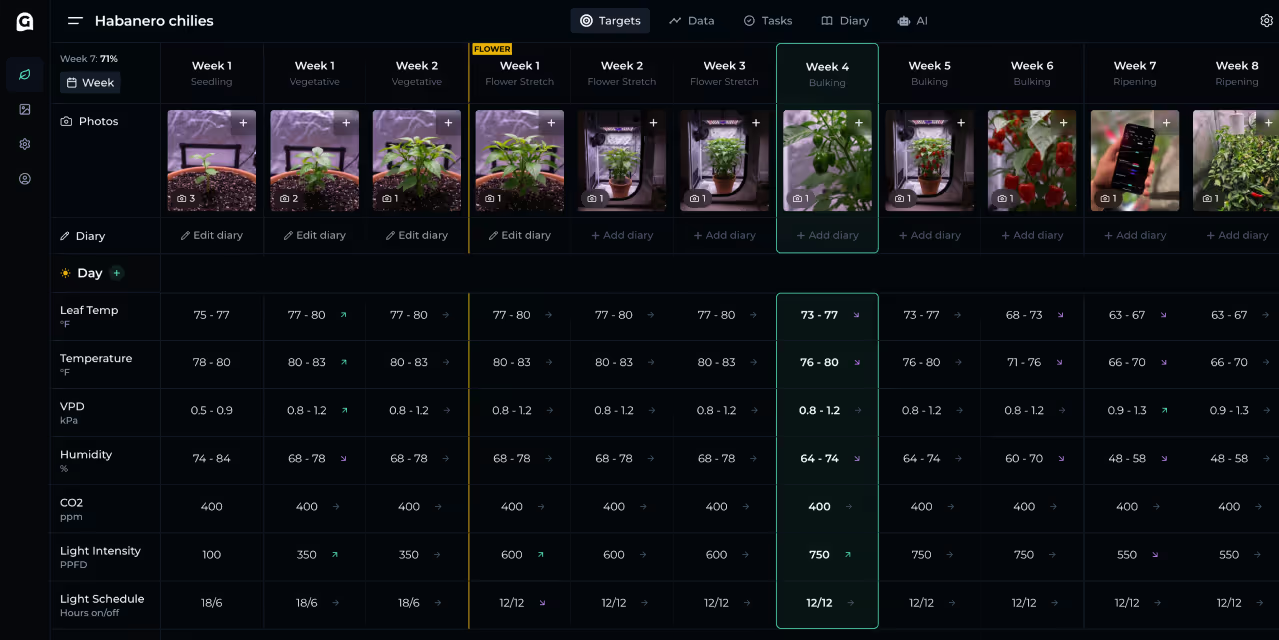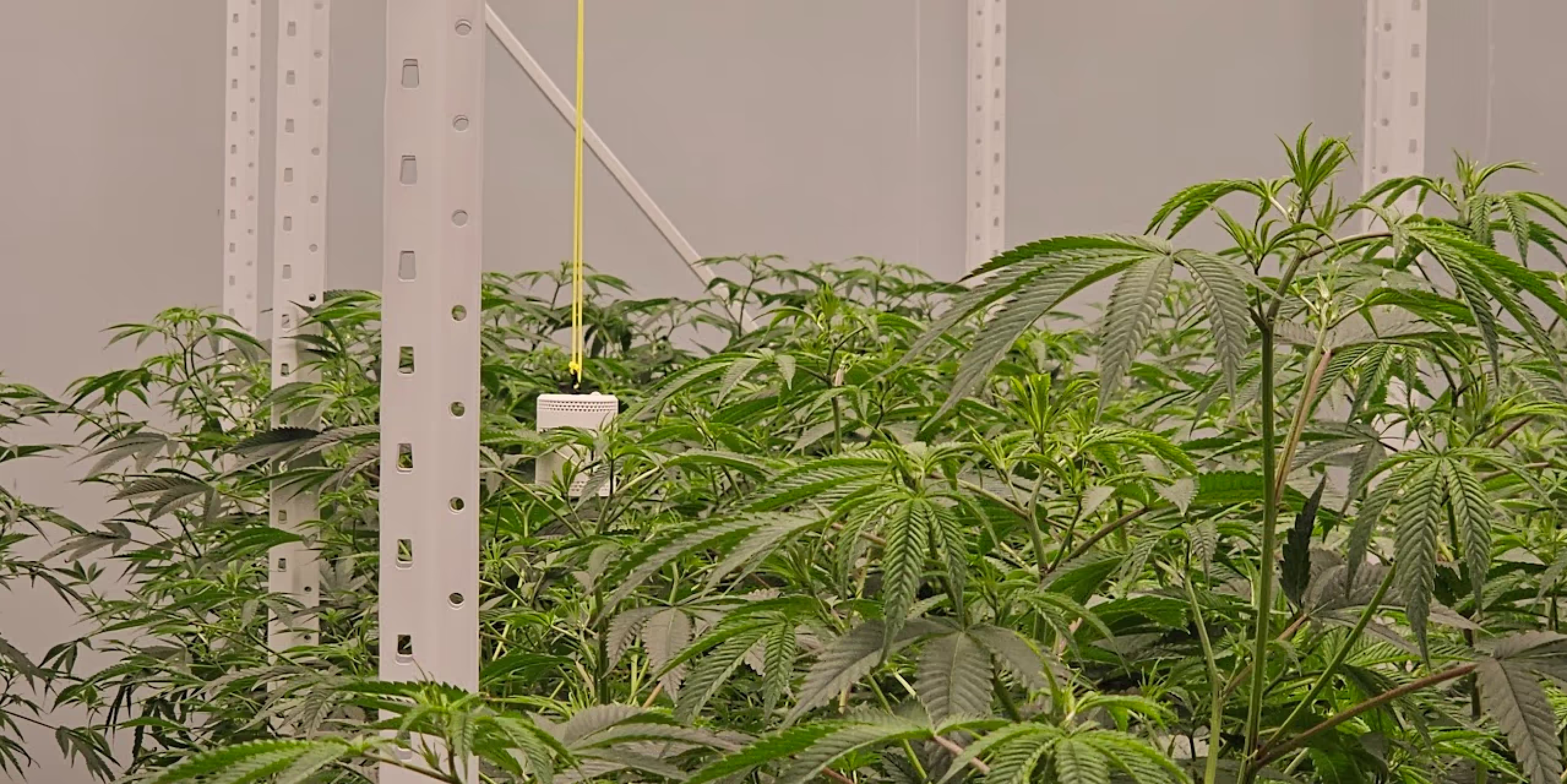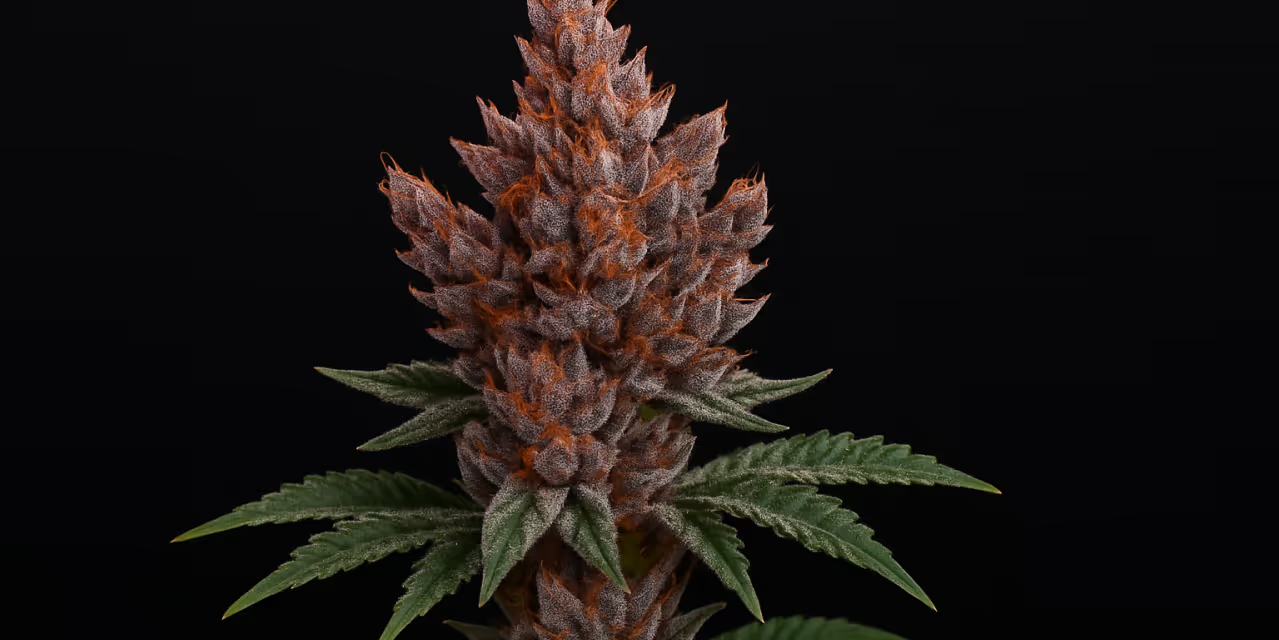How to make cannabis plants grow faster: 7 tips
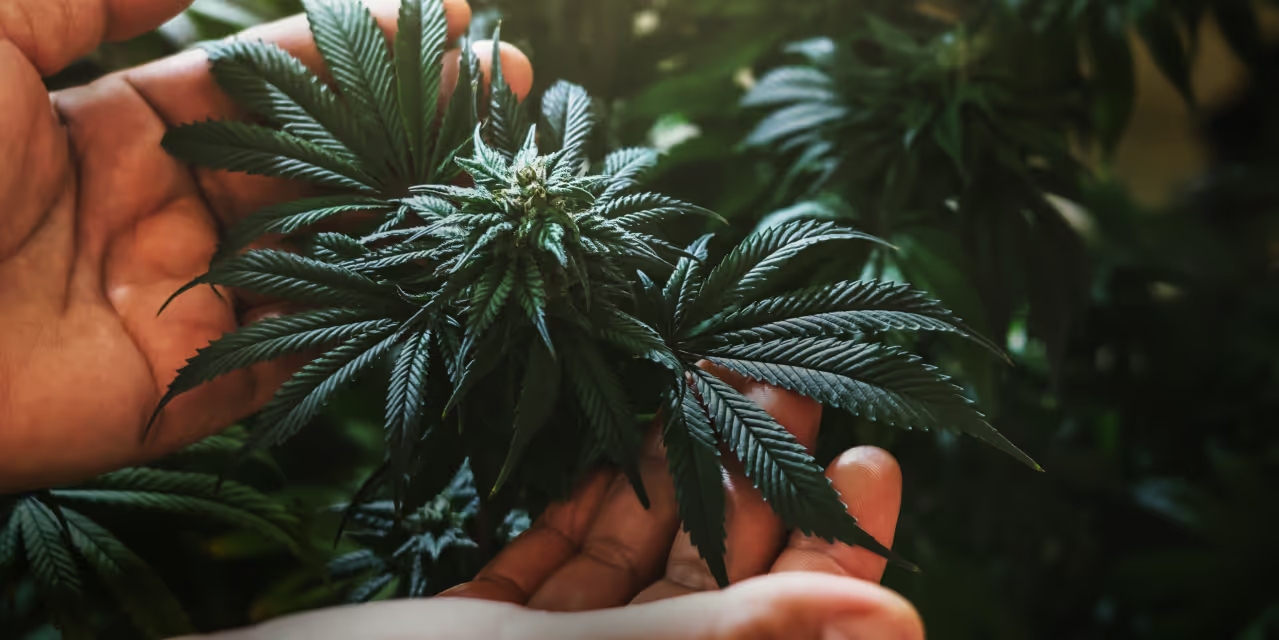

Want bigger, faster buds?
The secret to accelerating your cannabis plants' development lies within this guide!
Without the right approach, you risk slow plant growth and diminished yields.
This post reveals 7 expert tips for growing cannabis faster, covering everything from optimal genetics and light cycle to precise nutrient delivery and environmental control.
Unlock your plants' full growth potential from seed to harvest.
Disclaimer: Any information given on this site is for educational purposes only. Please ensure if you’re growing cannabis, you’re doing so by the law and subject to appropriate permissions and licenses of the applicable country.
Tip 1: Choose your cannabis seeds wisely
The bedrock of impressive growth for your plants is rooted in their genetics.
Consider this the crucial jump start that defines your plants’ inherent potential for growth.
Selecting the right cannabis seed or cuttings is the most important thing.
When choosing your cannabis seeds, strongly consider feminised seeds.
These are specifically bred to produce female cannabis plants, which are essential for producing buds.
This choice helps you avoid the disappointment and wasted energy of male plants, which don't produce smokable buds and, critically, can pollinate females.
Pollination diverts valuable energy into producing seed instead of resinous buds.
Opting for feminised seeds ensures your grow space is dedicated solely to potent buds.
For growers aiming for plants that grow more quickly from the outset, autoflowers are an excellent choice.
These remarkable cannabis strains have a naturally shorter growing cycle, which isn't governed by a specific light cycle to start flowering.
This means they grow rapidly, typically reaching harvest in a matter of weeks.
Whether you choose photoperiod plants or autoflowering strains, sourcing cannabis seeds from a reputable seed bank is vital for quality genetics.
Your chosen strain significantly influences how quickly, or not, your plants grow.
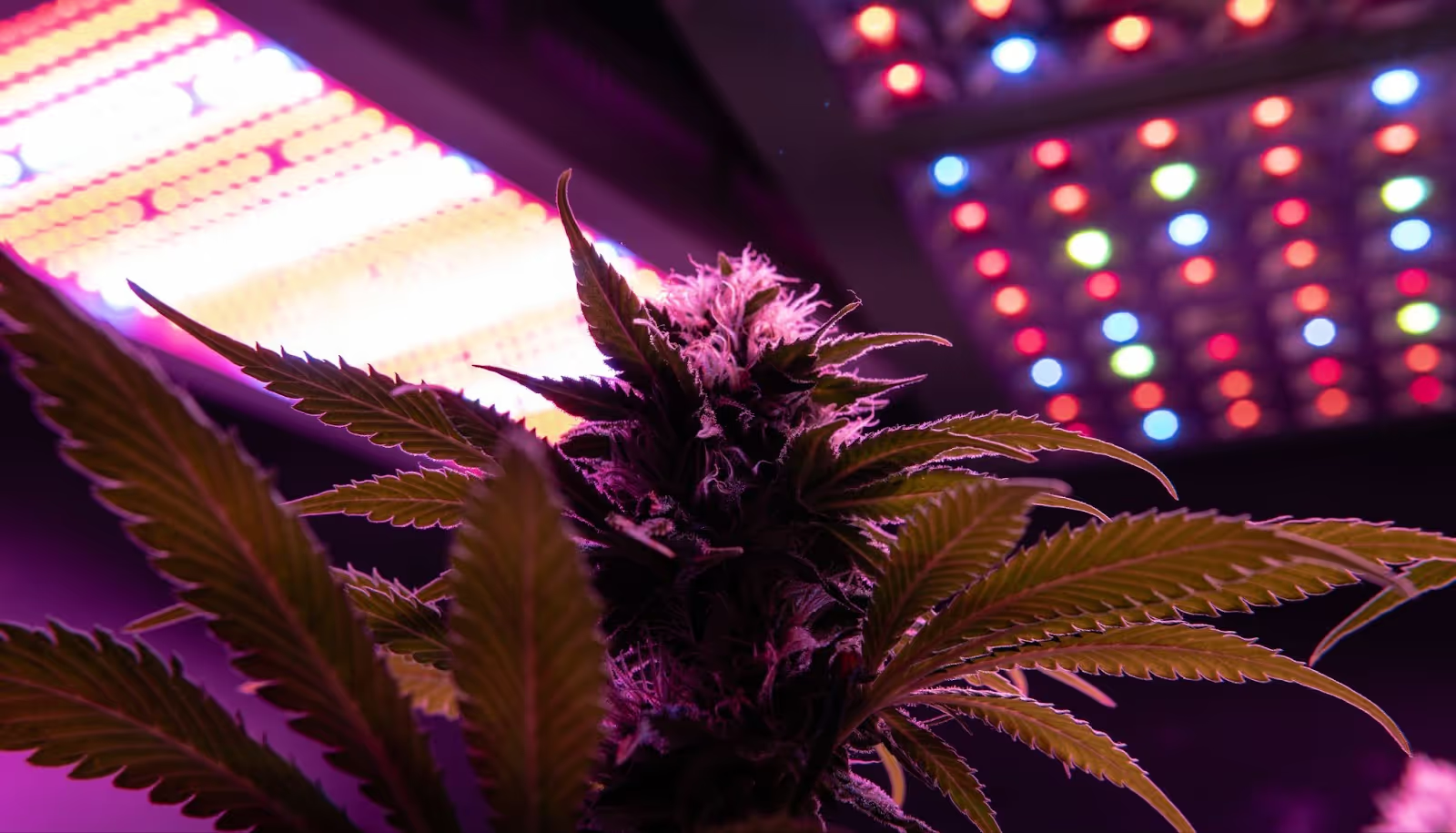
Tip 2: Optimise your light schedule and environment
Light is arguably the most important factor in accelerating growth.
It serves as the primary energy source for your plants, driving photosynthesis, which converts light energy into chemical energy for growth.
Without adequate light, your plants simply lack the energy required for rapid development, especially during their initial weeks of growth.
Your most impactful step involves investing in high-quality grow lights.
While the initial outlay may seem substantial, the return in accelerated growth, increased yield, and superior buds is clear.
For photoperiod plants, maintaining an ideal light cycle is critical during their vegetative stage.
When growing indoors, a typical light schedule of 18 hours light/6 hours darkness (18/6) or 20 hours light/4 hours darkness (20/4) provides maximum photosynthesis opportunity, setting them up for robust flowering.
Proper light intensity and duration provide the immense energy your plants need to develop strong stems and expansive fan leaves.
These leaves are the energy factories, capturing light for rapid growth.
Consistent, powerful light directly contributes to faster overall growth and prepares plants for the flowering phase.
Insufficient light can lead to small plants and stunted growth.
Ensuring consistent light for optimal plant development yields healthier, faster-growing plants and ultimately bigger buds.
Too much light is also super detrimental. Monitoring light levels throughout the growing cannabis process is key.
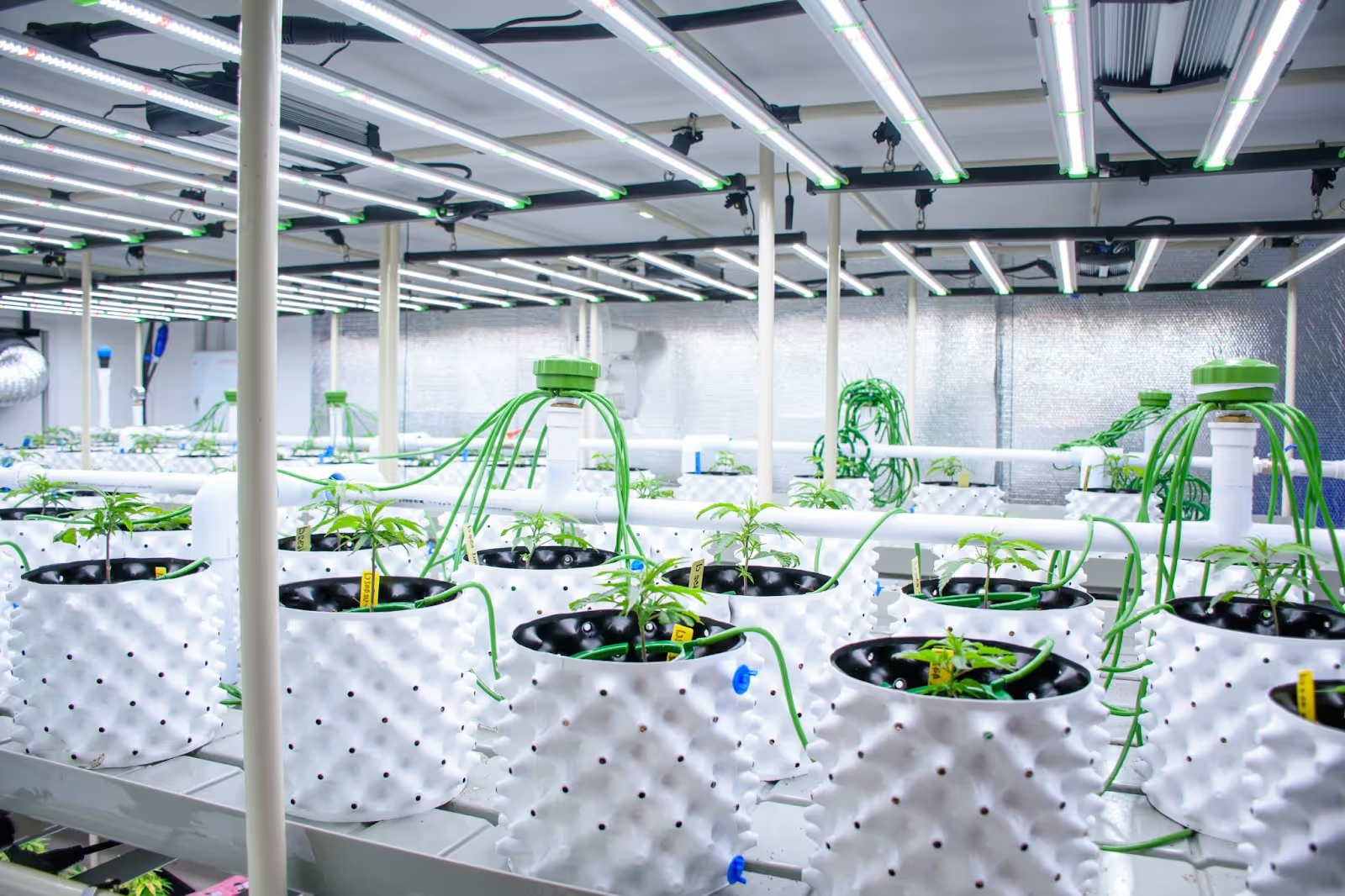
Tip 3: Master nutrient delivery & soil health for bigger buds
To truly thrive, achieve faster growth, and grow bigger, they require precise nutrients delivered effectively.
Think of nutrients as the essential building blocks for every part of your plants, from the foundational roots to the glorious buds you aim to harvest.
You must provide a balanced nutrient regime tailored to each growth phase.
During the seedling stage, young plants need very light feeding to prevent nutrient burn and protect their delicate roots.
As plants enter the vegetative phase, gradually increase nutrient concentration, favouring nitrogen for vigorous vegetative growth of stems and fan leaves.
When transitioning to the flowering stage, switch to phosphorus and potassium-heavy fertilizer to promote larger buds and stronger flowering.
Soil quality and diligent pH control are vital for robust roots, which are your plants' lifeline.
If roots are unhappy, nutrient absorption suffers. Pay close attention to your soil's composition and feed your plants regularly.
Hydro systems are worth exploring for growers seeking more aggressive growth and bigger yields.
These deliver nutrients directly to the roots in a highly available, dissolved form, often resulting in significantly faster growth than soil cultivation.
In hydro systems, plants absorb nutrients with less energy expenditure.
Regardless of your chosen medium, be it soil, coco coir, or hydro, ensure you properly feed your plants with a high-quality fertilizer containing all necessary macro and micronutrients.
This comprehensive feeding fuels vigorous vegetative growth and dense, resinous buds.
The right nutrients at the right time are crucial to make your plants grow quicker and grow bigger.
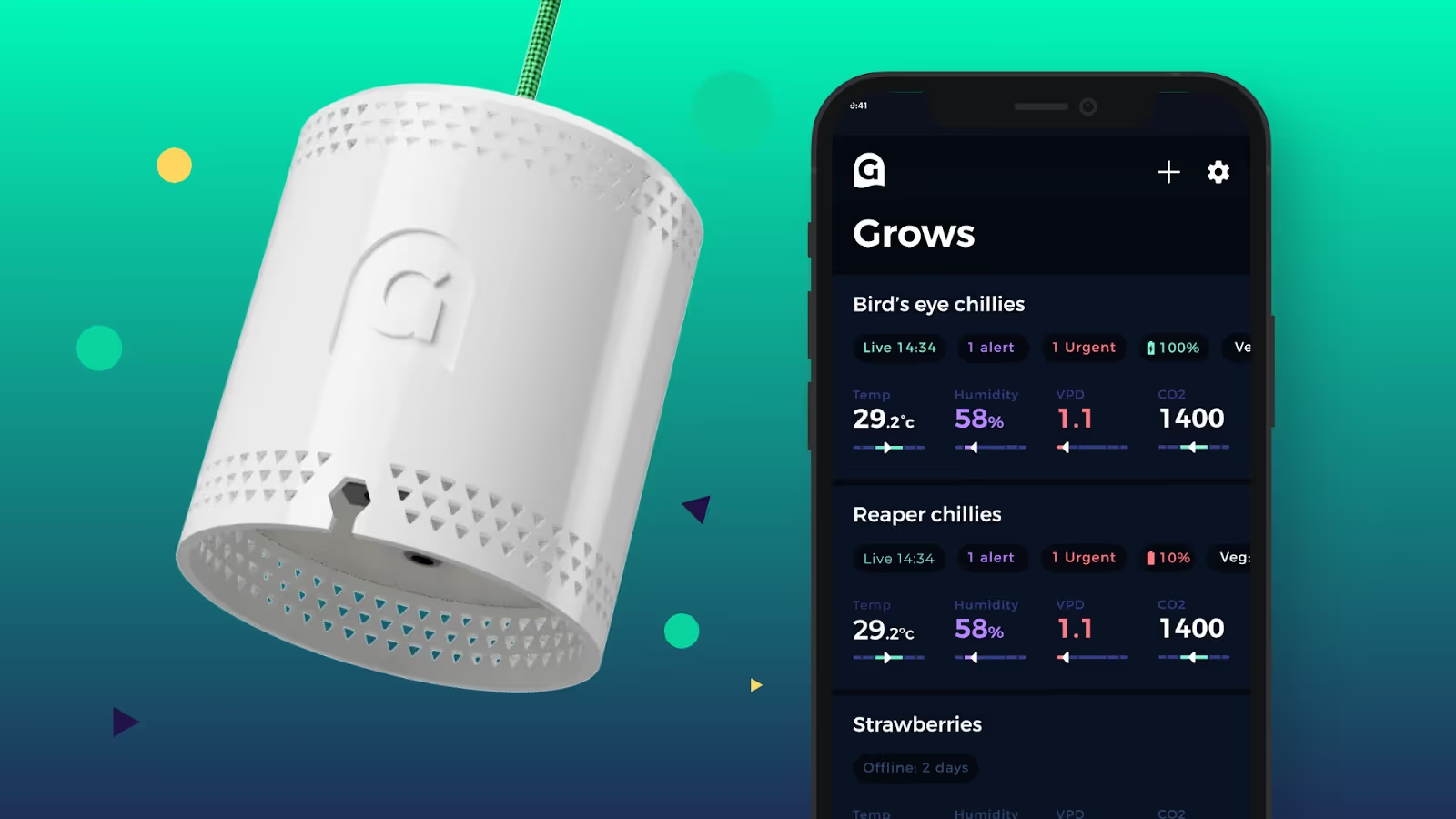
Tip 4: Create the perfect growing environment
Beyond light and nutrients, the environment within your grow space profoundly influences how fast your plants will grow.
Temperature, humidity, and airflow are critical elements that directly impact your plants' metabolic processes and overall health.
For indoor grows, maintain consistent temperatures, ideally 20-28°C (68-82°F) during the light cycle, dropping slightly in darkness.
Manage humidity carefully: higher humidity (50-70%) is preferred during the vegetative phase to support plant growth and transpiration.
As plants enter the flowering stage or flowering phase, gradually reduce humidity to 40-50% to prevent mould and encourage bud density.
Crucially, ensure excellent ventilation.
Good airflow prevents stagnant air, mould, and pests, and provides fresh energy (carbon dioxide) for photosynthesis, aiding growth.
Smart devices are invaluable tools offering a distinct advantage.
The Grow Sensor offers continuous, precise monitoring and control of your environmental conditions.
This isn't just about data; it's about empowerment.
The Grow Sensor provides real-time insights into crucial factors like air temperature, humidity, light intensity (PPFD), soil moisture and nutrient levels (EC/PPM).
It also measures VPD, leaf VPD, dew point and CO2.
This comprehensive, granular data eliminates guesswork, allowing you to make immediate, informed adjustments to your grow space.
Imagine the peace of mind knowing your plants are consistently in their optimal zone.
This precision directly translates to helping your plants grow faster and bigger by helping you maintain perfect conditions around the clock.
These advanced devices proactively alert you to potential issues before they become costly problems, preventing stunted growth or compromised buds.
Whether you're fine-tuning light intensity, balancing nutrients, or managing humidity, the Grow Sensor ensures your plants thrive in their ideal environment.
It unlocks their full genetic potential and significantly improves yield and quality.
It's an investment in efficiency, consistency, and ultimately, a more successful harvest.
For outdoor cannabis plants, environmental control shifts to meticulous site selection.
Choose a location with ample sun or sunlight throughout the growing season, ideally 6-8 hours of direct sun daily.
While direct control is less, strategic placement is vital.
Environmental control, whether manual or automated, minimises stress on your plants, allowing more energy for robust growth rather than recovery.

Tip 5: Implement strategic plant training when growing cannabis
To truly achieve faster growth and maximise yield, embrace strategic plant training.
These techniques increase overall growth, significantly enhance yield by optimising plant structure and light exposure, and ultimately lead to better buds.
Techniques like low stress training (LST) are excellent for beginners.
LST involves gently bending and tying down stems and branches to create an even canopy.
This maximises light exposure to previously shaded areas, particularly lower buds and potential new bud sites.
This encourages more cola production across the plant, helping plants grow horizontally rather than just shooting feet tall with one main cola.
An even canopy ensures all plants receive adequate light to develop.
Other advanced techniques include topping (removing the main stem tip for two new main colas) or ScrOG (using a screen to spread the canopy).
Each method manipulates plant energy distribution, redirecting energy from a single main cola to numerous growth tips.
This structural alteration results in substantially bigger yields of consistent quality.
Removing fan leaves (defoliation) can also improve light penetration to lower buds and air circulation, preventing moisture build-up and promoting healthier growth.
Training is crucial for coaxing cannabis plants to grow bigger and produce more energy into desirable buds.
Discover the best growing tips – sign up for the Grow The Best newsletter!

Tip 6: Timely transition to flowering
Knowing precisely when to start flowering your photoperiod plants is absolutely crucial for maximising your buds and expediting your harvest.
This transition is a pivotal moment in the life cycle of your plants, dictating the quantity and quality of your flowering production.
For photoperiod plants, changing their light schedule triggers the critical shift from the vegetative to the flowering stage.
Indoors, this typically means a 12-hour on, 12-hour off light cycle.
This mimics shorter days, signalling to the plant that it's time to start flowering.
Before this change, ensure your plants have developed enough pre-flowers and reached a suitable size.
Flipping to flowering too early can result in small plants, limited bud sites, and lower yields; too late can lead to overgrown plants that are harder to manage in your grow space and less efficient growth due to light penetration issues.
An optimally timed transition ensures your plant develops efficiently in the final stages.
From this point, the plant dedicates almost all its energy to producing buds rather than continued vegetative growth.
This focused energy allocation means buds develop sooner and more densely.
During this flowering phase, plants experience a 'stretch', rapidly increasing in height for the first weeks, preparing their frame for buds.
Paying close attention to your light schedule and visible pre-flowers ensures a smooth, productive transition, leading to a more efficient harvest of bigger buds and a quicker growing cycle.

Tip 7: Swift sexing
This final tip is crucial for any grower aiming for high-quality, seedless buds.
Swiftly identifying and removing male plants early in the flowering phase is vital for producing seed-free buds.
This directly impacts your yield and overall harvest quality.
Male cannabis plants do not produce the desired buds; instead, they produce pollen.
If male plants remain in your grow space during the flowering phase, they will inevitably pollinate your females.
This causes female cannabis plants to divert precious energy from producing bigger buds and resin towards producing seeds.
This dramatically reduces both the quality (potency and flavour) and quantity of your final harvest.
It can turn a potentially abundant yield of high-grade buds into a less desirable product full of seeds.
As your plants transition into the flowering stage and begin showing pre-flowers, meticulously inspect them.
Male plants typically display small, round pollen sacs, while females show tear-drop shaped calyxes with tiny white hairs (pistils).
As soon as you identify any male cannabis plants, remove them immediately.
This ensures all remaining plants focus their entire energy on flowering and producing resin, leading to pure, potent buds during the flowering phase and ultimately a higher quality, seedless harvest.
This crucial step ensures every bit of energy your plants put in is directed towards the bigger buds you desire from your cannabis.
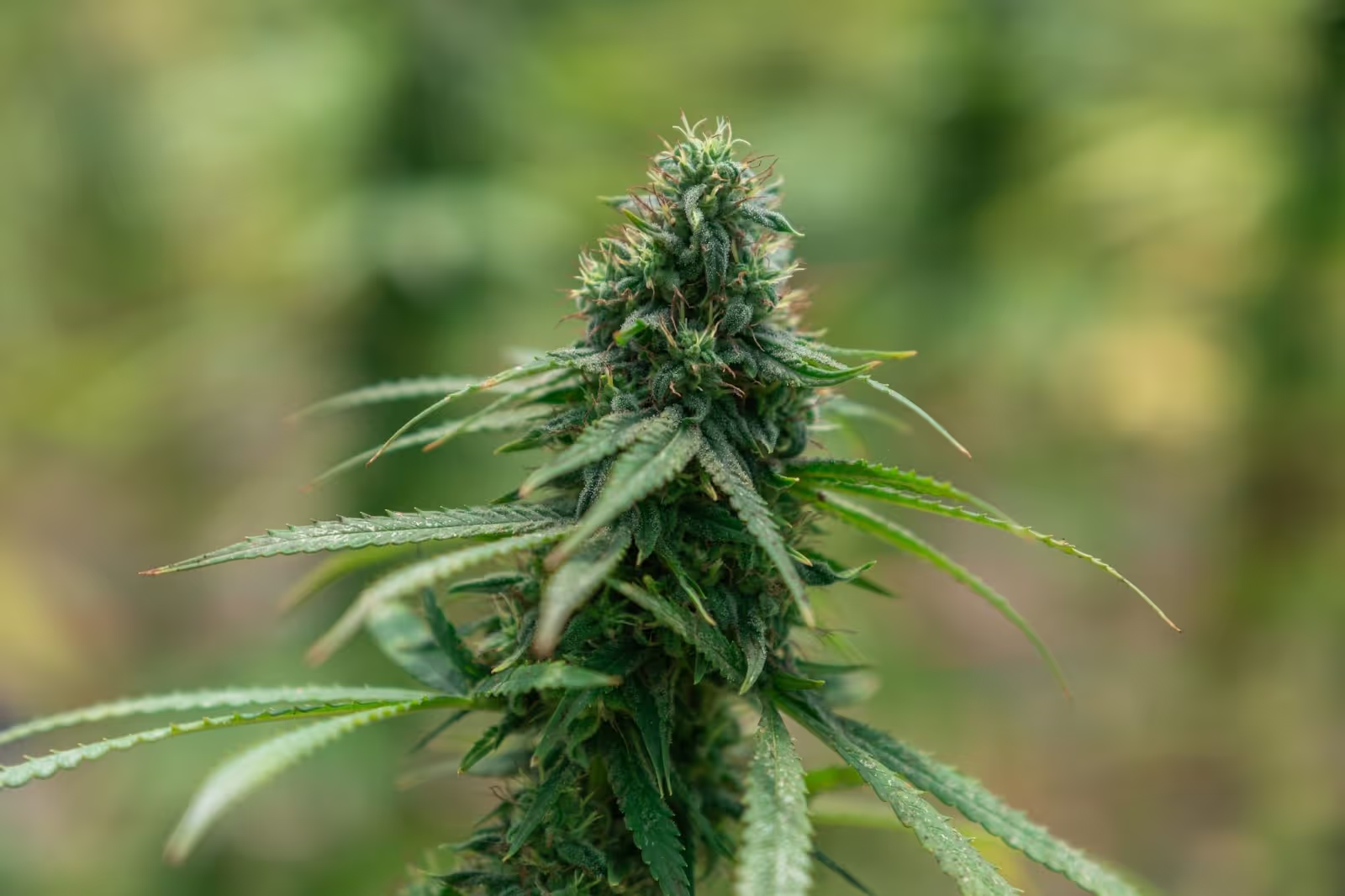
Takeaways
There you have it, your comprehensive guide on how to make your cannabis plants grow at a faster rate!
By diligently applying these 7 expert tips, you are now fully equipped with the knowledge and techniques to significantly accelerate your plants' development and maximise your buds.
Remember, accelerated growth isn't just about speed; it's fundamentally about optimising every aspect of your cannabis cultivation process.
This holistic approach leads to healthier plants, more efficient use of your grow space, and ultimately, significantly bigger yields of high-quality buds that you've worked hard to produce.
Embrace these strategies, and you'll undoubtedly enjoy a more productive and rewarding growing cannabis journey, culminating in a more efficient and abundant harvest.
Even autoflowers, with their shorter life cycle, will benefit immensely from these optimised conditions, reaching their full potential and yielding bigger buds than ever before.
Happy growing!
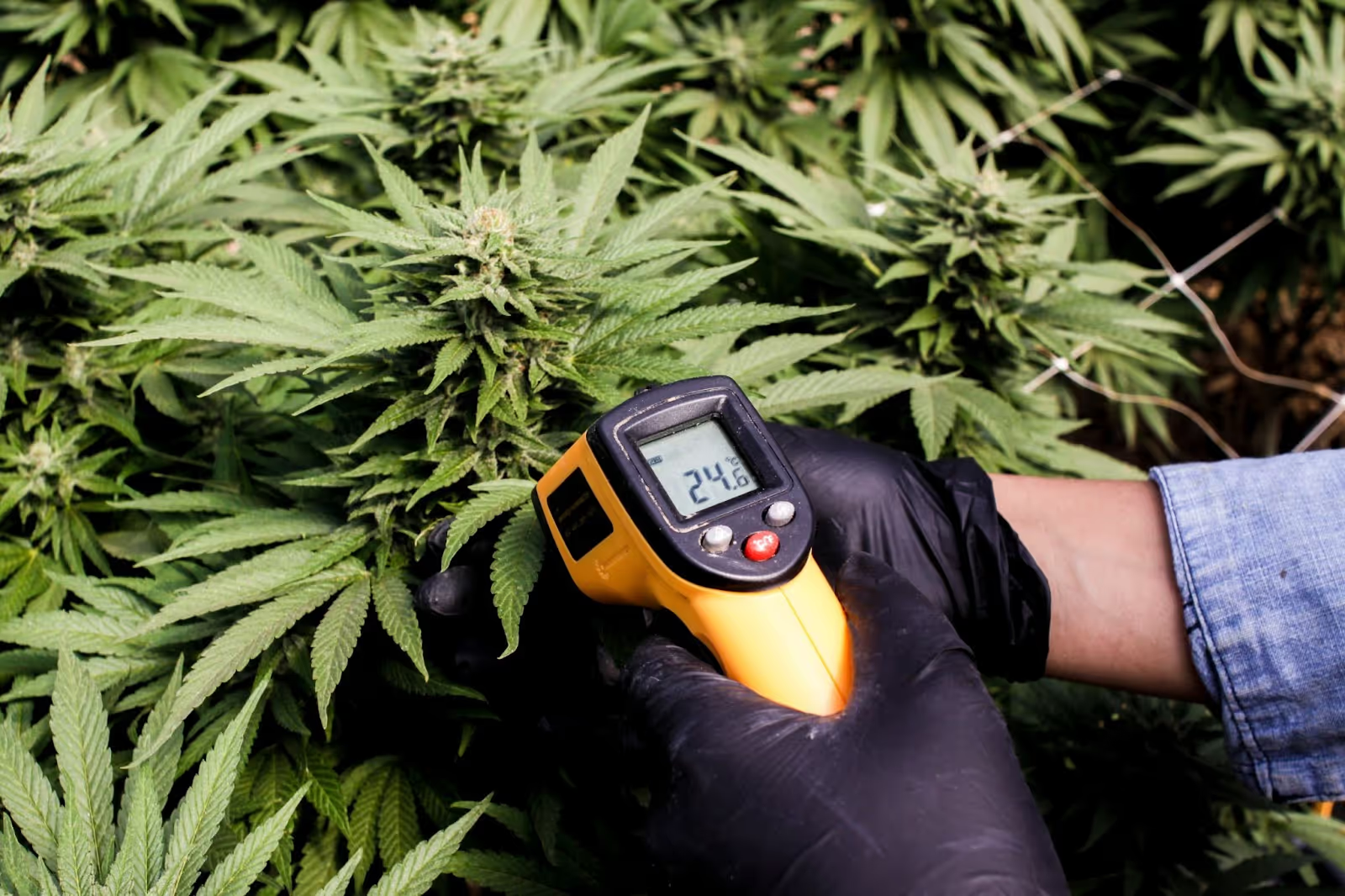
FAQs
What makes a cannabis plant grow faster?
Superior genetics, optimised light and nutrients, an ideal grow space environment, and strategic plant training methods drive faster cannabis growth.
What makes a cannabis plant grow bigger?
If you’re growing weed and want your plants to grow bigger, focus on ideal genetics, ample light intensity and spectrum, a balanced nutrient supply in healthy soil (or a hydroponics system), optimal temperature and humidity, sufficient grow space, and strategic plant training techniques.
What helps cannabis plants grow better?
To help cannabis plants grow better, focus on superior genetics, optimal light and nutrients, a controlled grow space environment, and strategic plant training for robust growth and bigger buds.
Why is my cannabis growing so slowly?
If you find growing cannabis is unusually slow, it’s often due to poor genetics, insufficient or incorrect light, nutrient imbalances or unhealthy soil, and unoptimised environmental factors like temperature or humidity in your grow space.
Stress from pests or diseases can also hinder growth.
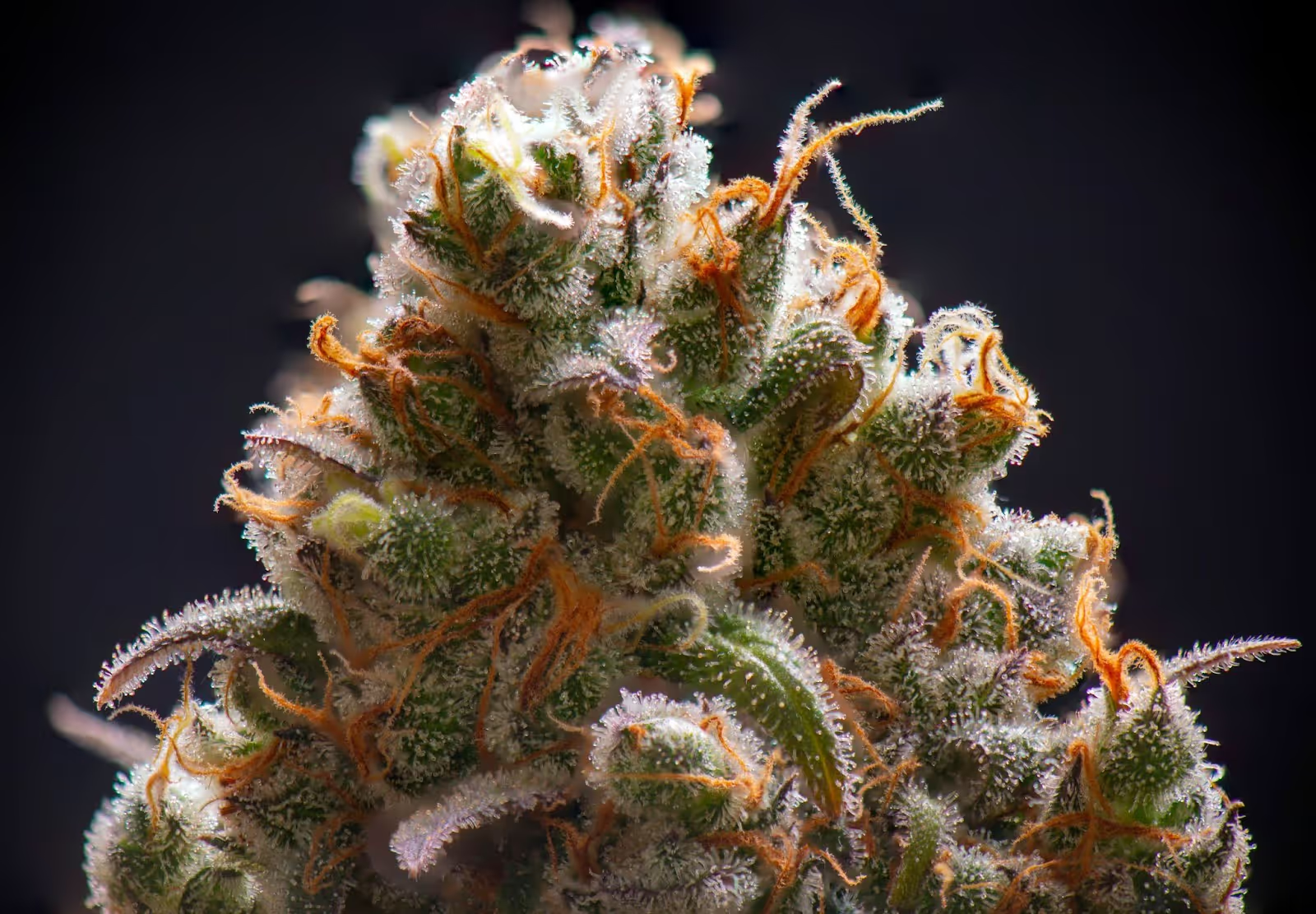
How do I get my buds to grow faster?
When growing cannabis, to get your buds to grow more quickly, focus on:
- Optimal light: Provide intense light, especially red spectrum, during the flowering phase.
- Correct nutrients: Shift to phosphorus and potassium-rich fertilizer as buds form.
- Environmental monitoring and control: Maintain ideal temperature (cooler nights are good for buds) and lower humidity (40-50%) in your grow space.
- Strategic training: Use techniques like LST to ensure all buds get sufficient light and air.
- Timely transition: Flip to a 12/12 light regime cycle when plants are mature enough to start flowering and develop bigger buds.
- Remove males: Swiftly remove any male cannabis plants to prevent producing seeds in your buds.
Why are some cannabis plants growing faster than others?
Some cannabis plants grow more quickly than others due to genetics (some strains are naturally quicker or more vigorous), optimal environmental conditions (e.g., perfect light, temperature, humidity), precise nutrients and soil health, and effective plant training, all contributing to their individual growth rates.
Do male cannabis plants grow faster than females?
Yes, male cannabis plants tend to grow more rapidly and taller in the initial vegetative stage than female cannabis plants, developing a more lanky structure.
When growing marijuana, males also often show preflowers sooner.
How fast does a cannabis plant grow?
A cannabis plant typically grows from seed to harvest indoors in 8-16 weeks, depending on the strain and grow method.
Autoflowering strains can finish in as little as 8-12 weeks, while photoperiod plants may take 3-6 months.
Why is one cannabis plant growing faster than the rest?
One cannabis plant growing faster than others often stems from individual genetic variations (even within the same strain), slight differences in their micro-environment (e.g., light exposure, soil moisture), or subtle disparities in nutrient uptake.
Some plants are simply more vigorous from the outset when you’re growing marijuana.
Stay ahead in gardening – join the Grow The Best newsletter!









.avif)

